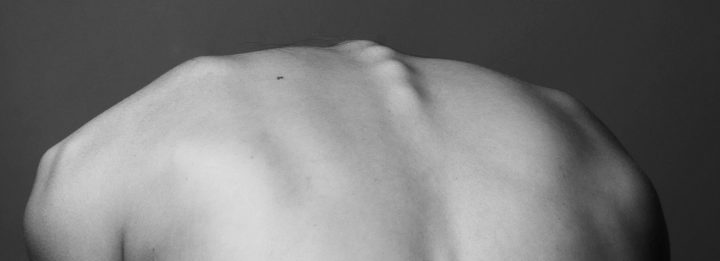Robotic architecture from Seoul National University is made of stretchable origami capable of expanding ten times in size.
Benefits
- Flexible
- Dynamic
- Adaptable
Applications
- Underwater exploration
- Manufacturing
UN Sustainable Development Goals Addressed
-

Goal 9: Industry Innovation & Infrastructure
The Challenge
Soft robots can have a stretchable skin, allowing them to morph into different shapes. Unfortunately, over time the repeated stretching and shrinking process can damage the material. The material may eventually break, rendering the robot unusable.
Innovation Details
The robotic architecture is made of folded origami structures inspired by the stretchable mouths of pelican eels. It is a dual-morphing mechanism in which the folded structure first ‘unfolds’ itself and then ‘inflates’ to form a full, soft-bodied robot. These dual mechanisms occur quasi-sequentially, meaning the unfolding partially occurs before the structure partially inflates and the process repeats until fully inflated. Visually, the robot grows into itself in real-time.

Biological Model
The pelican eel uses a scoop-like feeding method similar to large water birds. They inflate and deflate their heads from a slim eel to an inflated balloon-like organism in a matter of seconds to capture prey. Very little is known about Pelican eels as they live up to 6,000 feet below sea level.




